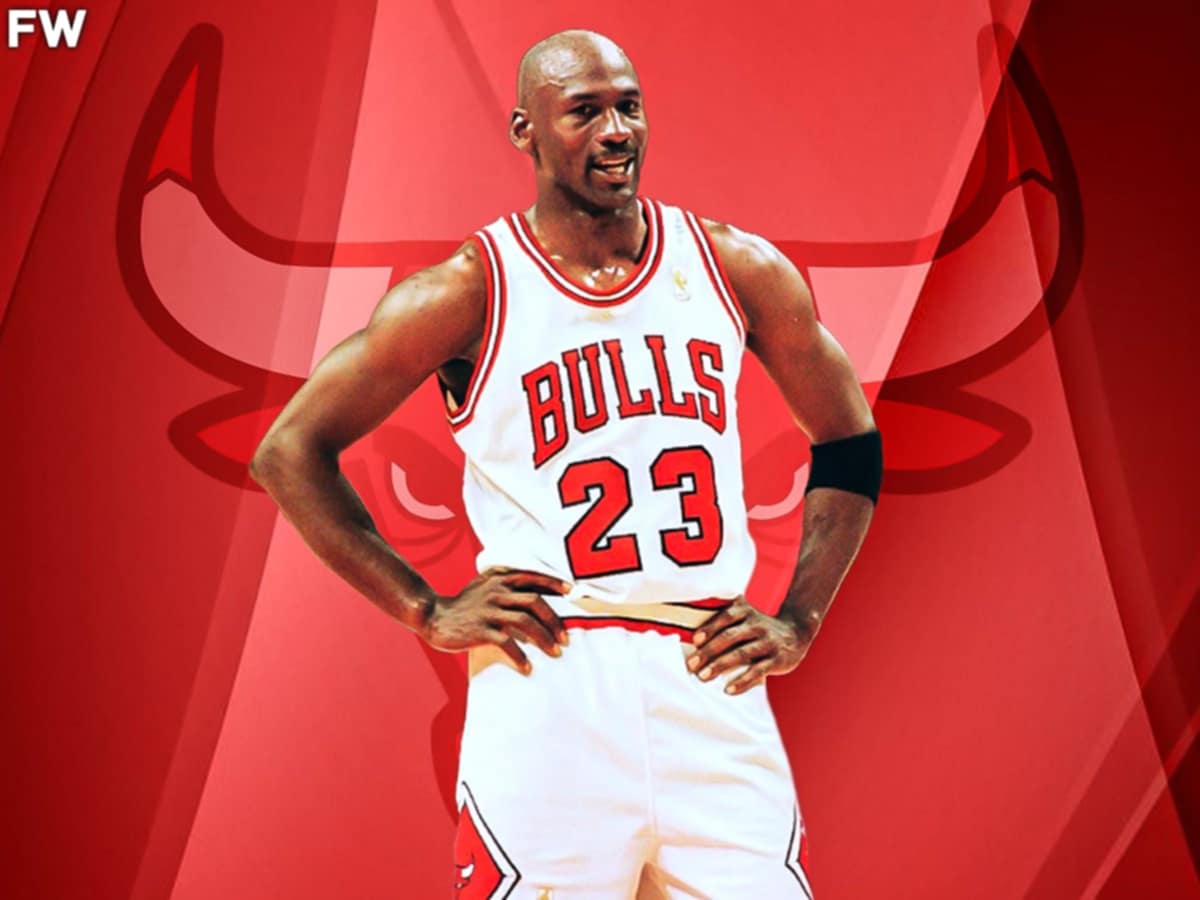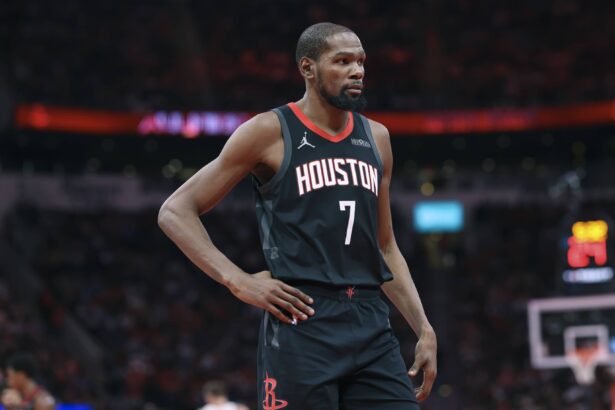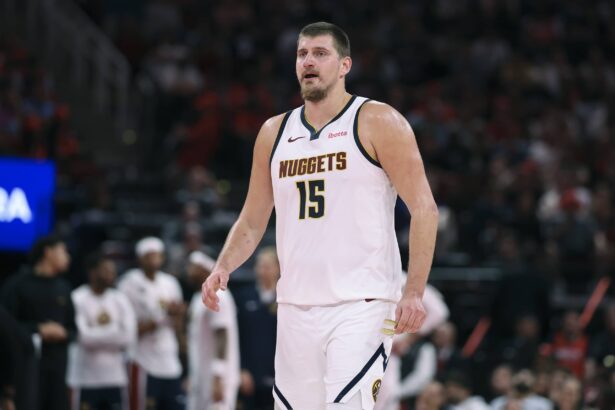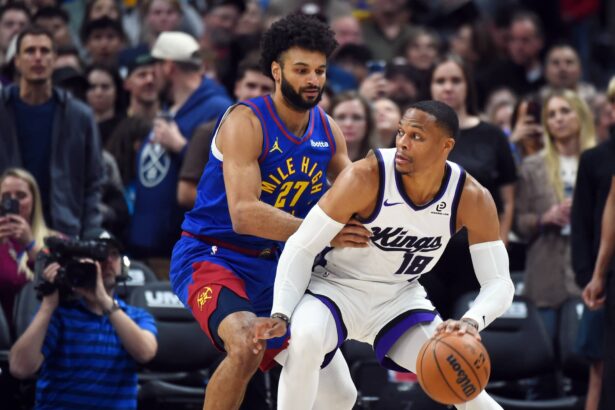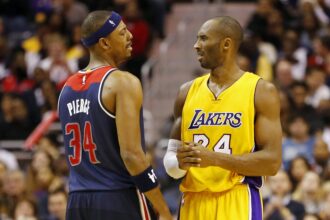Michael Jordan’s iron grip on his Chicago Bulls teams was legendary, and according to former teammate BJ Armstrong, that control extended all the way to the three-point line. In a recent appearance on Creativo Official, Armstrong revealed how seriously Jordan took shot selection, especially when it came to long-range attempts—something that would likely draw eye rolls in today’s three-point heavy era.
“When I talked to Michael, these guys always asked, ‘What would you have done if I just hooked you off and shot a three?’ He was like, ‘I would trade you.’ So, that’s why we didn’t do it.”
In the early ’90s, NBA offenses weren’t nearly as reliant on the three-point shot as they are now. Teams prioritized mid-range jumpers, post-ups, and physical paint presence. The three was more of a situational tool than a foundational offensive weapon.
Even players like Armstrong—who shot a blistering 42.5% from three in his career—took far fewer threes than a modern role player would. That wasn’t just a stylistic preference—it was a mandate. Because if you were reckless with your shots next to Michael Jordan, there was a good chance you wouldn’t be next to Michael Jordan much longer.
Jordan’s mindset was simple: if you weren’t a great shooter, don’t take bad shots. Every possession mattered. And with the Bulls playing in an era of slow-paced, grind-it-out basketball, wasting a possession on a low-percentage three was almost sacrilegious.
Jordan’s response wasn’t hyperbole either—it reflected the reality of his leadership. He demanded structure, efficiency, and above all, accountability. To MJ, launching a contested three early in the shot clock wasn’t just a poor decision—it was a sign of disrespect to the game plan.
BJ Armstrong, a three-time champion with the Bulls, understood this better than anyone. There was an understood rule among Bulls players: play your role, take the right shots, and you’d thrive. Step out of that lane, and you might not last.
The irony, of course, is how much the game has changed. Today, players like Stephen Curry, Damian Lillard, and even centers like Karl-Anthony Towns take—and are encouraged to take—pull-up threes from 30 feet.
For Jordan, it was never about trends—it was about winning. And that meant playing smart, team-first basketball. While he may not have thrived in the analytics-driven era of today, his standards would’ve demanded even more accountability.
And as Armstrong made clear, if you were hoisting up bad threes under Jordan’s watch, your days in a Bulls jersey were numbered.

